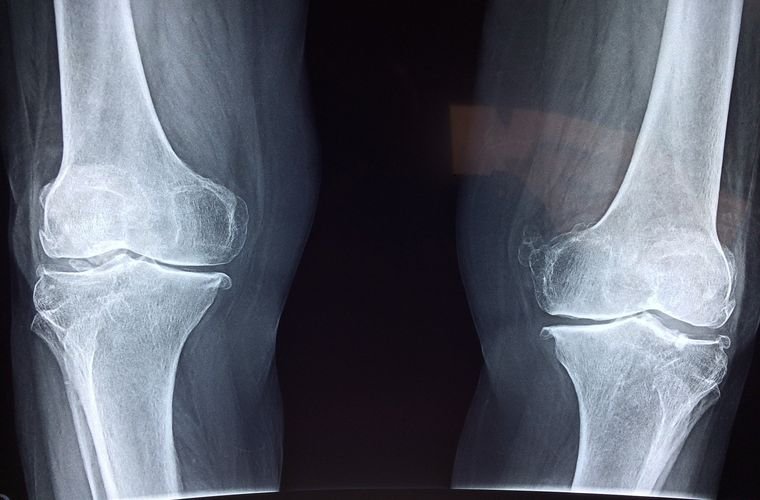Regrowing bones can be a long and challenging process. For injured individuals, it can seem like it’s an eternity until the bone is fully healed. There are many different methods to induce bone growth, but one of the most successful (and expensive) is to use stem cells. New research from RMIT University in Australia reveals a new way to trick stem cells into growing bone by using sound.
Background. A Study on Stem Cells
Stem cells have many different applications in medicine, ranging from cancer treatments to organ regeneration This is because stem cells are a very special type of cells that can transform into many specific types of cells given the right stimulus. When triggered, stem cells can differentiate into brain cells, muscle cells, liver cells, and more. With stem cells, surgeries can be less invasive and have a higher chance of success, with a more natural healing process. Stem cells have already been shown to create some amazing recoveries, such as in 2011, when a female wolf in Brazil was run over by a car, then fully recovered at the nearby zoo due to stem cell treatments.
Stem cells are also being used to develop some interesting biotechnology products. One of these products is organ-on-a-chip, where prosthetic organs are grown in a laboratory setting and later used to replace damaged or failing organs in a patient. With stem cells, this process becomes easier and gives the organ-on-a-chip a higher chance of being accepted by the patient’s body. The organ-on-a-chip is just one area of biotechnology that seems to be something out of a science fiction movie and yet will have huge implications for the future of medicine.
Analysis: Bone Growth Via Sound
In studying different stem cell triggers, researchers from RMIT University found that soundwaves can induce stem cells to differentiate into new bone cells. The researchers used a low-cost microchip device to send high-frequency soundwaves at 10MHz into the area of the body injected with stem cells. Co-lead researcher Dr. Amy Gelmi explained: “The soundwaves cut the treatment time usually required to get stem cells to begin to turn into bone cells by several days. This method also doesn’t require any special ‘bone-inducing’ drugs and it’s very easy to apply to the stem cells.” The microchip also offers the flexibility of when the stem cells can be triggered. “Our study found this new approach has strong potential to be used for treating the stem cells before we either coat them onto an implant or inject them directly into the body for tissue engineering,” Gelmi added.
Outlook: Quicker Surgeries and Faster Recoveries
While stem cells have already been shown to give significantly shorter recovery times, using sound waves could cut more time to the surgery and recovery processes. This may be an important benefit to patients waiting for their bones to heal, as they can quickly return to a higher quality of life. Showing sound as a trigger for stem cell differentiation can have large impacts in medicine, as other researchers continue to look for other surprising triggers to use to boost the recovery process.
Kenna Castleberry is a staff writer at the Debrief and the Science Communicator at JILA (a partnership between the University of Colorado Boulder and NIST). She focuses on deep tech, the metaverse, and quantum technology. You can find more of her work at her website: https://kennacastleberry.com/

